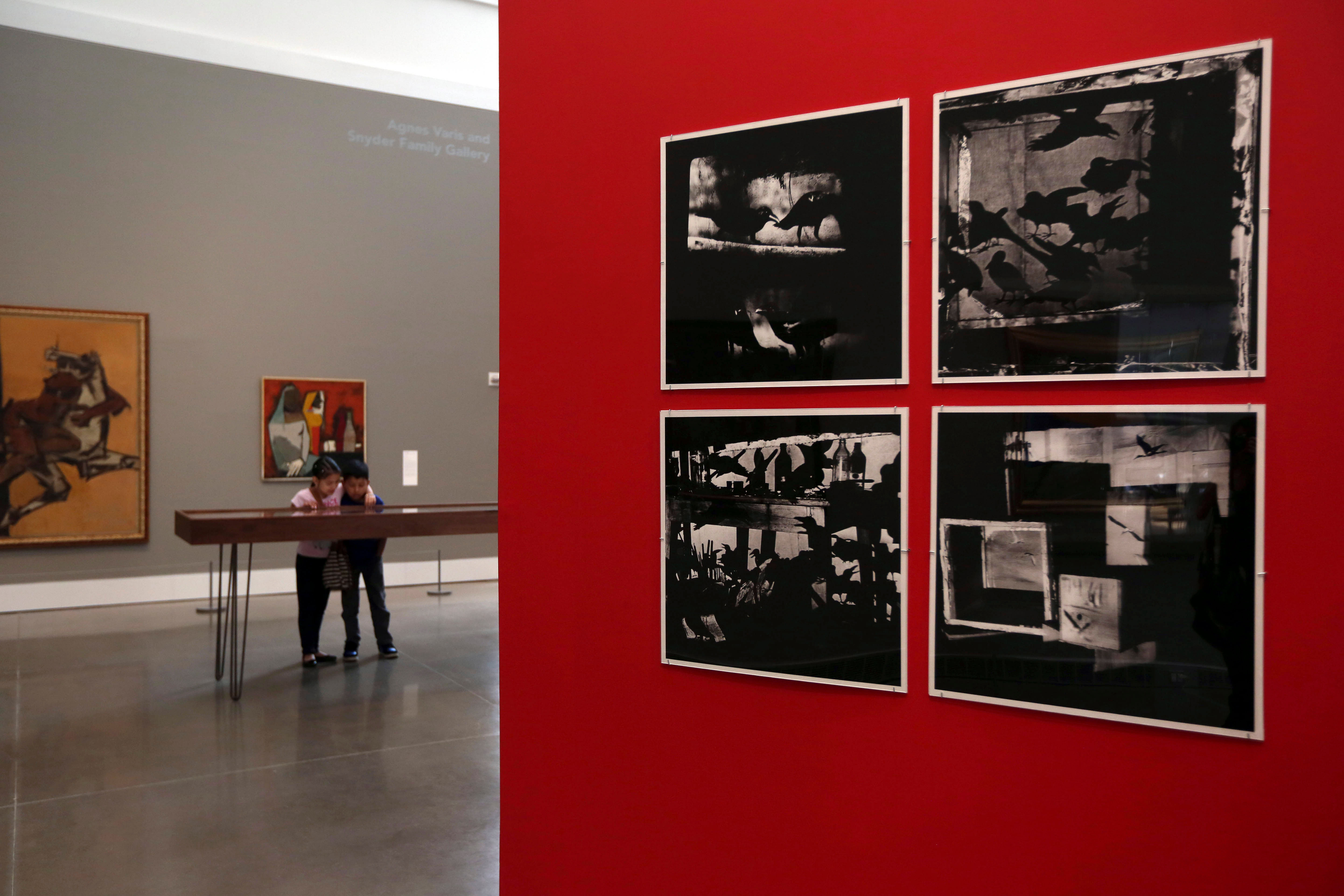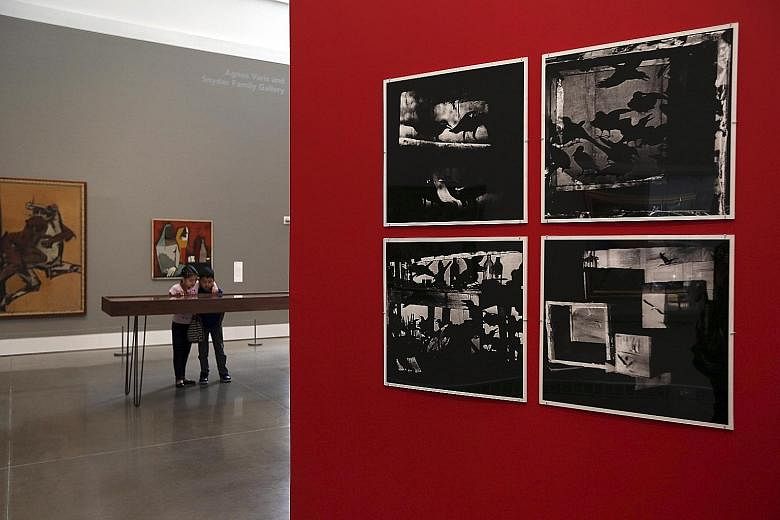The world is in a terrible refugee crisis, and the United States is in a nasty immigration debate. Both show no signs of abating. It might be time, as the Monty Python joke goes, to propose "something completely different".
Cultural institutions are not an obvious tool for advancing immigration reform and promoting tolerance. But museums have long played a starring role in creating nations and spreading national values. And they could do so again.
I've travelled throughout Asia, Europe, the US and the Persian Gulf to look at how museums are responding to immigration and globalisation. From Singapore to Boston, I found museums helping visitors to learn about and even celebrate our increasingly diverse world.
Take the Queens Museum in New York. Its permanent collection of nearly 10,000 items includes memorabilia from New York's two World's Fairs, 40 years of crime scene photographs from The New York Daily News, and its famous panorama - an enormous model of New York City commissioned by Robert Moses for the 1964 World's Fair.
Instead of trying to attract tourists who normally stay put in Manhattan, museum staff dedicated themselves to connecting with neighbouring communities of new and not-so-new residents from Latin America and Asia.

"We also let them know," said Queens Museum community organiser Jose Serrano, "that there is a lovely free institution with open doors and great free art classes and exhibitions created with them in mind."
The Queens Museum has two community organisers who work closely with local immigrant artists, event producers and community groups. They create art installations on neighbourhood streets and run initiatives like the New New Yorkers programme - which in partnership with the public library offers language and skill-based classes - and Cinemarosa, a gay and lesbian video and film series.
To bring people from their local community in, the museum tries to ease people's access to "weird things", said Mr Serrano. "If there is an 'out-there' dance performance, it is paired with music that reminds people of home right away."
The Queens Museum also wants to expose its patrons to one another. A filmgoer attending the monthly gay and lesbian film series and a Taiwanese mother attending her child's dance recital might bump into each other at the museum, and the museum also works to proactively facilitate the translation between groups by offering advanced English as second language classes where students from Asia and Latin America have an opportunity to talk to one another.
The Queens Museum takes its role in its neighbourhood - and in the world - seriously. "We can't just wait for cultural change to happen," said director of public events Prerana Reddy. Her message is that immigrants do not have to abandon their language or customs to become full members of US society. The Queens Museum spreads these ideas by celebrating newcomers' traditions and facilitating their integration while providing long-time residents of all backgrounds with the opportunity to learn more about the people who now live next door and the places that they come from.
I found the Queens Museum's mission and practices echoed around the world. The Museum of World Culture in Gothenburg, Sweden, for example, regularly hosts exhibitions on climate change, immigration and human trafficking to help visitors understand that global problems are also Swedish problems. Mathaf, the Arab Museum of Modern Art in Qatar, mounted "Tea with Nefertiti", an exhibition that critiques traditional displays of ancient Egyptian materials by including such things as a sarcophagus made of Tupperware. One of the museum's most popular shows displayed work created by local Doha schoolchildren. More people attended the opening than any other event; many of the young artists and their beaming parents were coming to the museum for the first time.
To be sure, what happens inside these museums is not going to solve our problems around immigration. And institutions are constrained by their histories and their collections - they must work within the parameters of what their funding, their origins, and their curatorial expertise and interests will allow. But museums are an under-utilised tool in struggles for social justice. They can provide a space for finding common ground and for starting some of those conversations that are so difficult to have, but which are so desperately needed. They have to if they are to remain vital and viable in the 21st century.
- The writer is chair of the sociology department at Wellesley College and co-director of the Transnational Studies Initiative at Harvard University. She is the author most recently of Artifacts And Allegiances: How Museums Put The Nation And The World On Display. This article first appeared in Zocalo Public Square, a project of the Centre for Social Cohesion at Arizona State University and a not-for-profit "ideas exchange" that blends live events and humanities journalism.

